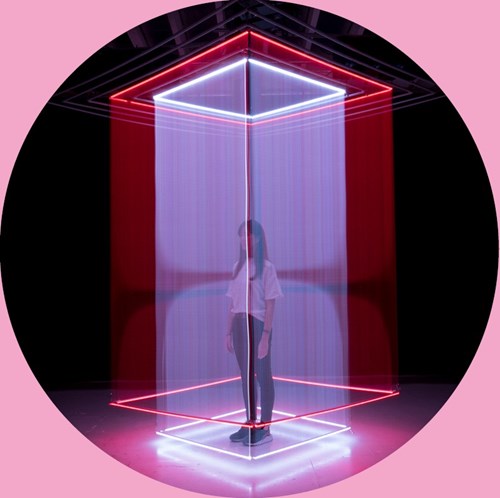
Striking Graphics Project Uses Colour to Visualise Climate Change
Published 07 August 2023
In recent weeks, the climate narrative has shifted from 'global warming' to 'global boiling', after scientists confirmed July 2023 as the world’s hottest month on record. The UK’s University of Reading is working to put this and other environmental data into context with a Creative Commons graphics project called #ShowYourStripes.
Striking Graphics Project Uses Colour to Visualise Climate Change


Topics

Want to see the full report?
Offering access to over 350 consumer and cross-industry reports annually, Stylus Membership is your window to tomorrow’s most exciting opportunities.
We already arm more than 500 of the world’s most forward-thinking brands and agencies with the creative insights they need to make transformative business decisions.
We’d love to do the same for you.
Book a demo with us today to discover more.
More Reports From Stylus
More Reports From Stylus
CMF Industry View: Automotive 26/27
An elevated driver experience is central to many of the latest and upcoming launches within automotive, with brands prioritising comfort, customisation, joy, and tactile, emotional engagement. We highlight the key colour, material and finish (CMF) developments and innovations that will define the sector in the years to...











